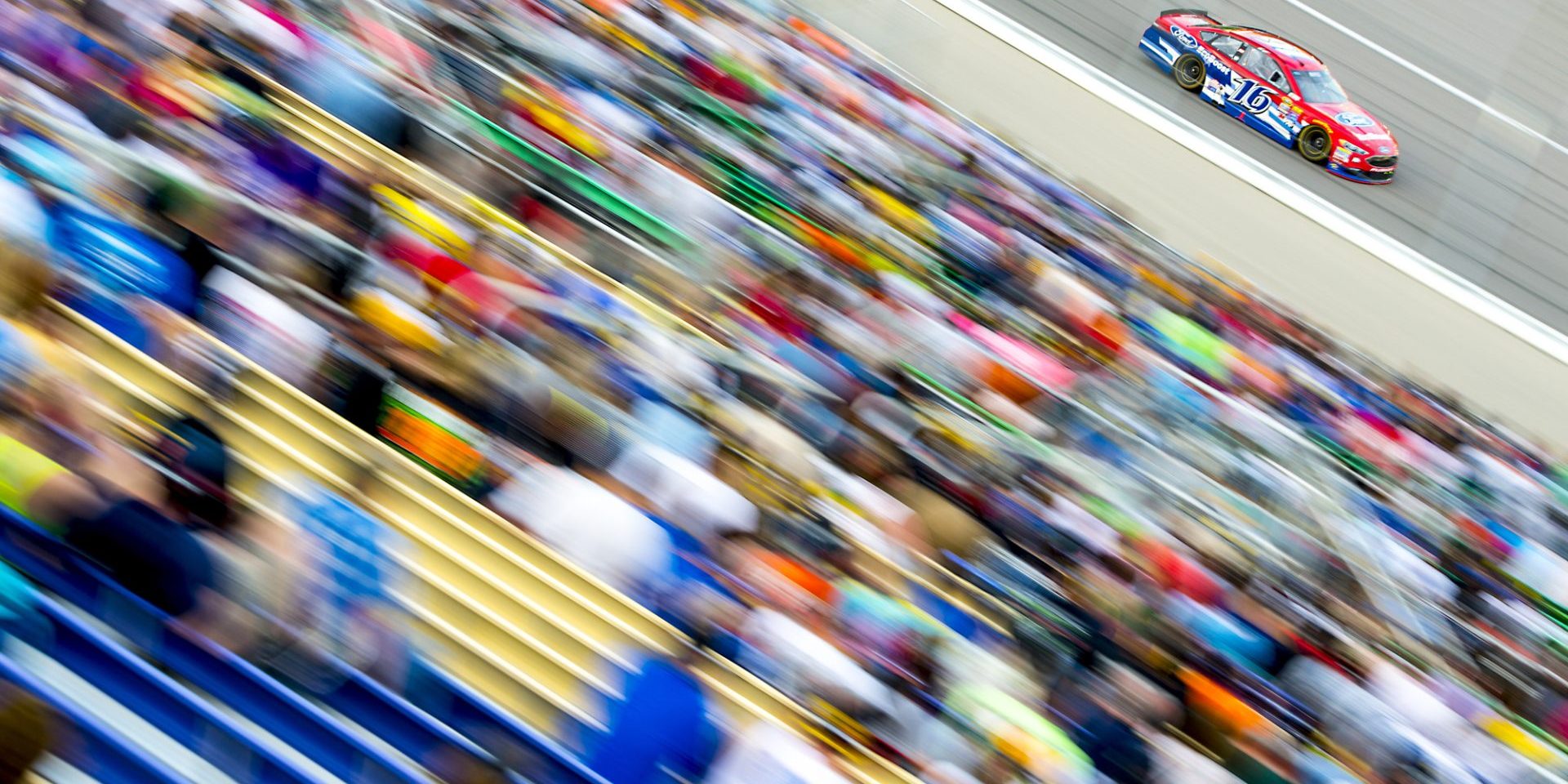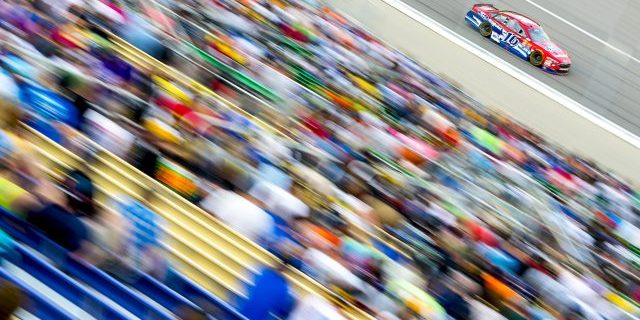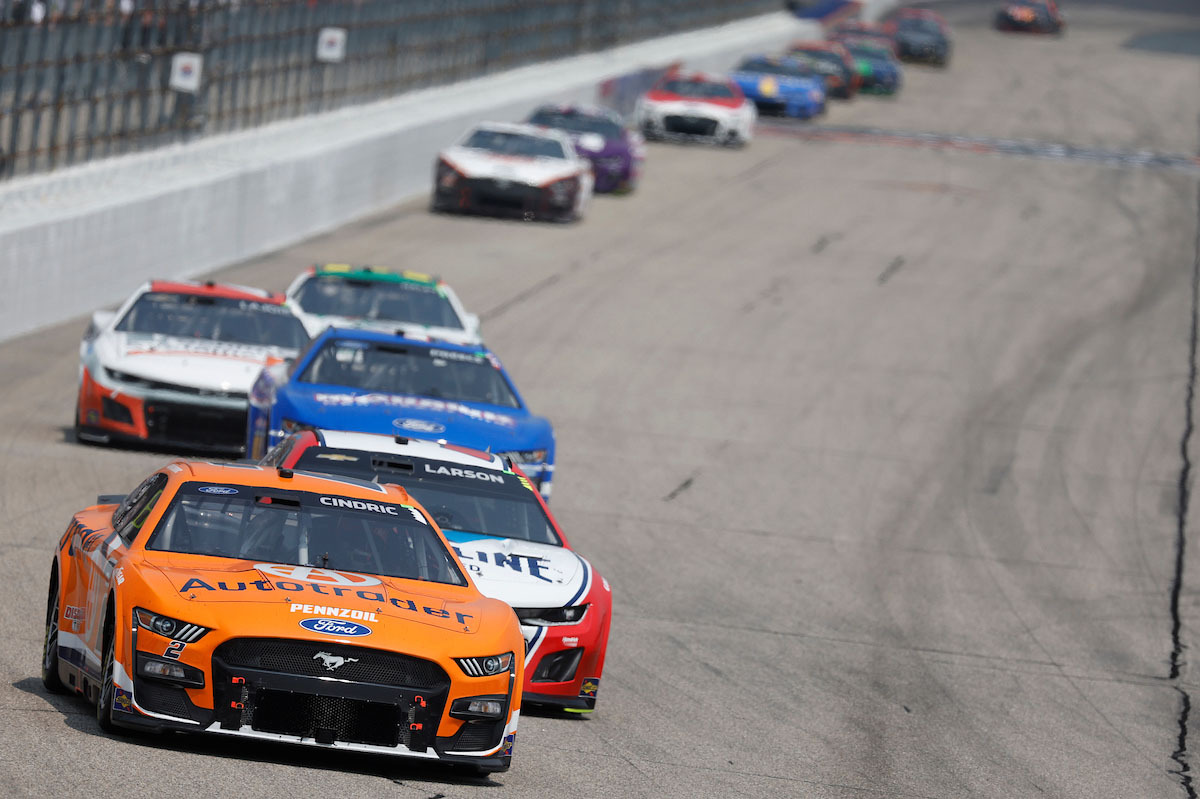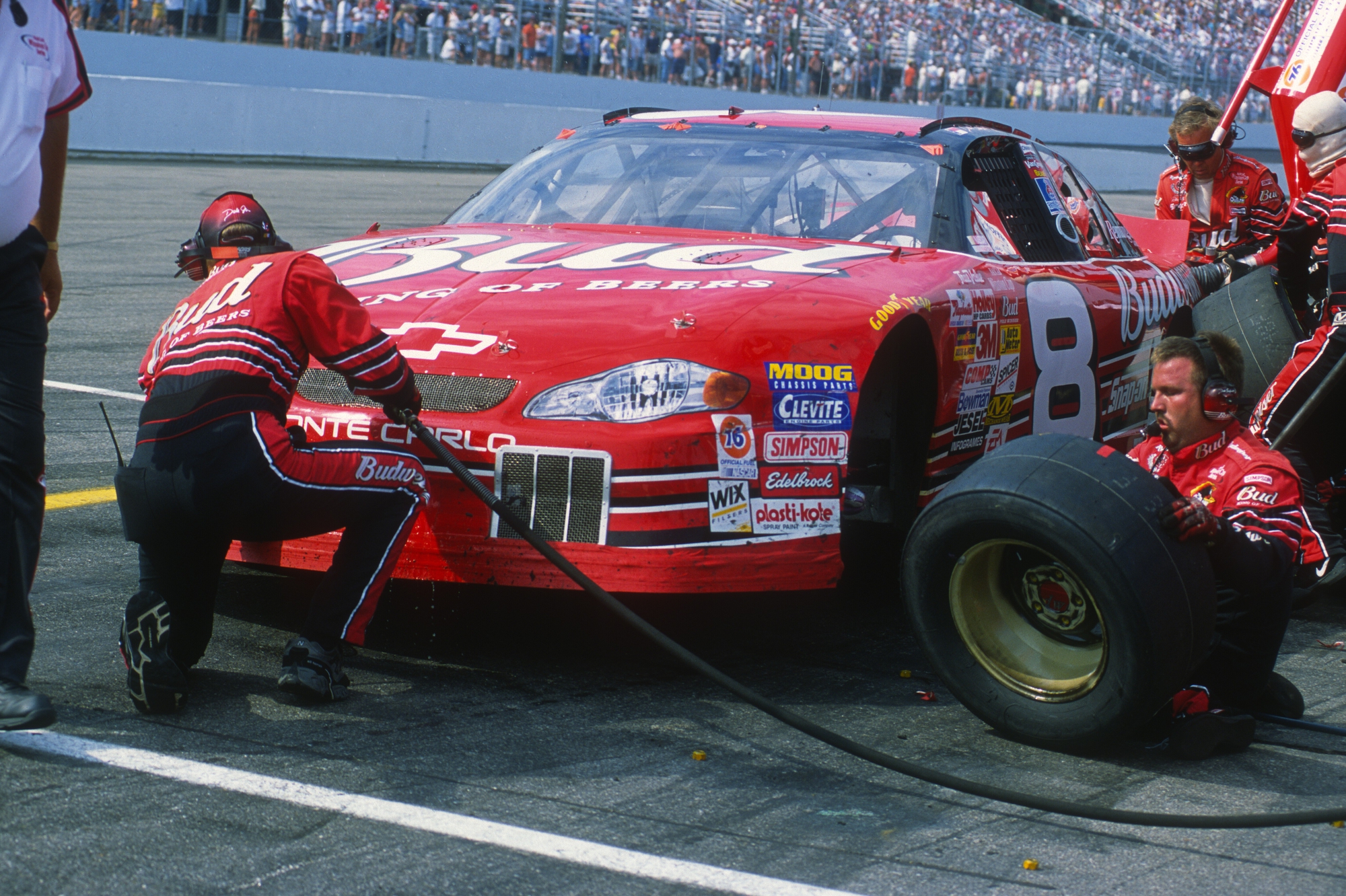How Many G’s Do NASCAR Drivers Pull During High-Speed Races?


NASCAR is a motorsport that combines high speeds with intense physical demands, particularly evident in the gravitational forces, or G-forces, that drivers endure during races. G-forces refer to the sensation of weight that one feels as a result of acceleration or deceleration, and in NASCAR, these forces are a significant part of the driving experience. Drivers often face G-forces comparable to what astronauts experience during a space shuttle launch when navigating the banked turns of a race track.
The cars are engineered to withstand high-speed maneuvers, but for the drivers, the experience is much more visceral. During the race, drivers can experience G-forces surpassing 3Gs, meaning their body weight feels three times heavier than usual. This kind of force can challenge a driver’s muscular strength and endurance throughout the race. Consequently, drivers must maintain exceptional physical conditioning to manage these stresses and maintain control over their vehicles at speeds that often exceed 200 miles per hour.
These gravitational challenges are a testament to the skill and physicality required in NASCAR racing. The drivers’ ability to cope with substantial G-forces while piloting a car around a track is a critical factor in their overall performance and safety. Through training and customized safety equipment, drivers prepare to handle these forces, ensuring they can compete at the highest levels of the sport.
Table of Contents
The Physics of NASCAR G-Forces
NASCAR drivers are regularly subjected to high G-forces that impact their bodies significantly during races. The measurement and understanding of these forces are essential for ensuring driver safety and improving performance on the track.
Understanding G-Force and Acceleration
G-force, or gravitational force, is a measurement of the type of acceleration that causes a perception of weight. In NASCAR, drivers experience G-forces as they accelerate along straightaways and decelerate when braking. Acceleration generates a backward push against the driver, while deceleration feels like a forward push.
- Typical Straight-Line Acceleration: G-forces in this scenario may be above 1G, making the driver feel heavier.
- Acceleration in Corners: This can be much higher, depending on the track and the car’s speed.
The Role of Gravity and Speed in NASCAR
Gravity is a constant force acting upon NASCAR drivers. Even when a car is traveling at high speeds, drivers are always under the influence of 1G due to gravity alone. This downward force is what keeps drivers seated. As speed increases, so does the G-force experienced during cornering.
- During Cornering: Centripetal acceleration can cause G-forces several times that of gravity.
Comparing NASCAR G-Forces to Other Sports
G-forces experienced by NASCAR drivers can be compared to those in other high-speed sports, though often they are found to be greater in NASCAR due to the speeds involved.
- Jet Pilots: Encounter high G-forces, sometimes much larger than what NASCAR drivers experience.
- Roller Coaster Riders: Experience G-forces similar to NASCAR during sharp turns and loops, albeit for shorter durations.
By understanding these forces, adjustments can be made to racing strategies, car designs, and safety equipment, all aimed at improving the overall safety and performance of the sport.
NASCAR Cars and Technology
Advanced engineering and safety features are central to NASCAR vehicles, utilizing technology that ensures performance and driver protection on the track.
Engineering Behind NASCAR Vehicles
NASCAR cars are engineered with a focus on maximizing tire grip and downforce to maintain high speeds during races. Downforce plays a vital role in keeping the cars stable at high velocities, which is why NASCAR vehicles typically generate between 3,500 to 5,000 pounds of downforce. The engineering of these vehicles also includes considerations for aerodynamics, which differ based on track types, car models, and various setups.
Safety Innovations and Car Design
Safety is a foundational aspect of NASCAR car design. The introduction of the Next Gen cars brought several advancements in safety, with features designed to absorb and redistribute the energy in crashes more effectively. These vehicles are built with a reinforced roll cage, energy-absorbing foam, and other safety mechanisms that protect the driver during high-speed impacts and rollovers. Innovation in tire technology has also led to better performance and safety, ensuring that drivers maintain control of their vehicles even in extreme racing conditions.
Driver Experience and Performance
NASCAR drivers regularly face high G-forces, particularly during sharp turns at high speeds, which can exceed 3Gs. This intense pressure is not only a physical challenge but also a test of mental resilience and skill.
Training for High G-Force Environments
To prepare for these extreme conditions, drivers undergo rigorous training regimes. These programs are designed to enhance their physical strength, especially in the neck and core regions, as well as their cardiovascular fitness. This kind of preparation is vital because the intense G-forces can make a driver’s body feel multiple times heavier, and maintaining control of the vehicle becomes a formidable task.
Sample Training Regimen:
- Cardiovascular Exercise: Minimum 5 days a week
- Strength Training:
- Neck: 3 times a week
- Core: 4 times a week
Key Training Equipment:
- Neck Machine: To strengthen neck muscles against G-forces
- Racing Simulator: To practice under simulated high-pressure environments
Physical and Mental Effects on Drivers
During a race, the impact of G-forces is felt keenly by the drivers. Physically, they experience an increase in weight pressure that can make simple movements feel laborious. Mentally, this sustained stress requires drivers to possess exceptional focus and the ability to make rapid, precise decisions under pressure.
Discomforts and Challenges:
- Breathing Difficulty: Requires training for controlled breathing
- Vision Issues: Blurry vision or “graying out” due to pressure on the body
The combination of physical training and experience allows drivers to manage the stressors of racing effectively. This adaptability is essential for maintaining performance throughout the high-speed maneuvers that are inherent in the sport.
Circuits and Tracks Analysis
The performance of NASCAR drivers and the G-forces they experience are heavily influenced by the specific characteristics of each track, including its turns and banking.
Influence of Track Design on G-forces
Each NASCAR circuit possesses a unique design that can significantly affect the G-forces drivers endure through turns and along banking. Higher-banked tracks such as Daytona International Speedway and Talladega produce more significant lateral G-forces due to increased speed through the turns. The design and degree of banking in these circuits are engineered to manage the cars’ high velocities while maintaining driver control.
- Daytona International Speedway: High banking of up to 31 degrees in its turns.
- Talladega: Features the most extended and fastest speedway with turns banked at 33 degrees.
Conversely, tracks with flatter banking like Richmond and Bristol tend to generate lower G-forces, but the physical demand on drivers can still be considerable due to the constant need for tight steering control.
- Richmond: Only about 14 degrees of banking, demanding more from the drivers in terms of steering.
- Bristol: While it has higher banking than Richmond (up to 26-30 degrees), the shorter overall length of track leads to different G-force dynamics.
Notable NASCAR Circuits and Their Characteristics
Specific circuits have become legendary amongst NASCAR enthusiasts, each presenting unique challenges due to their structure and surface conditions. High-speed tracks like Talladega are notorious for their ability to sustain top speeds, leading to high G-forces during extensive cornering.
- Talladega Superspeedway: Known for its length (2.66 miles) and high-degree banking, it allows for some of the fastest speeds in NASCAR.
However, shorter tracks such as Bristol Motor Speedway, while less demanding in terms of sustained G-forces, require rapid acceleration and braking, leading to repetitive stress on the driver through numerous turns.
- Bristol Motor Speedway: Described as a “bullring,” its half-mile length is known for dramatic banking that forces drivers into a nearly constant state of cornering.
Racing at Daytona International Speedway also presents a combination of high-speed racing with sustained lateral G-forces due to its steep banking and high speeds, particularly during the Daytona 500 event.
- Daytona International Speedway: The 31-degree banking here is not only designed to accommodate high speeds but also to give fans a clear view of the cars as they race by.
Understanding these characteristics is essential for teams and drivers as they prepare race strategies and set up their vehicles for optimal performance under the unique stressors of each track.
Racing Strategy and Dynamics
In NASCAR, mastering the intricate ballet between high speeds and gravity is essential for success. Drivers and teams work diligently to formulate strategies that account for the physical demands of the sport, carefully balancing speed with the rigors of intense G-forces.
Adapting to G-forces During Turns and Straightaways
G-forces are a persistent challenge in NASCAR, with drivers experiencing up to 3 G’s on turns. It’s during these turns that the strategy of balance comes into play. Successful drivers learn to anticipate the force exerted on their bodies, adjusting their position and grip to maintain control and speed. On straightaways, the focus shifts to maximizing acceleration while preparing for the next corner.
Strategies for Minimizing Negative Impact of G-Forces
To combat the negative effects of G-forces, NASCAR teams employ various racing strategies. Identifying optimal points to overtake competitors and utilizing drafting techniques helps drivers conserve energy and maintain balance. Additionally, strategic cornering—deciding when to brake and when to accelerate—reduces the strain caused by G-forces and preserves the car’s integrity through the race.










